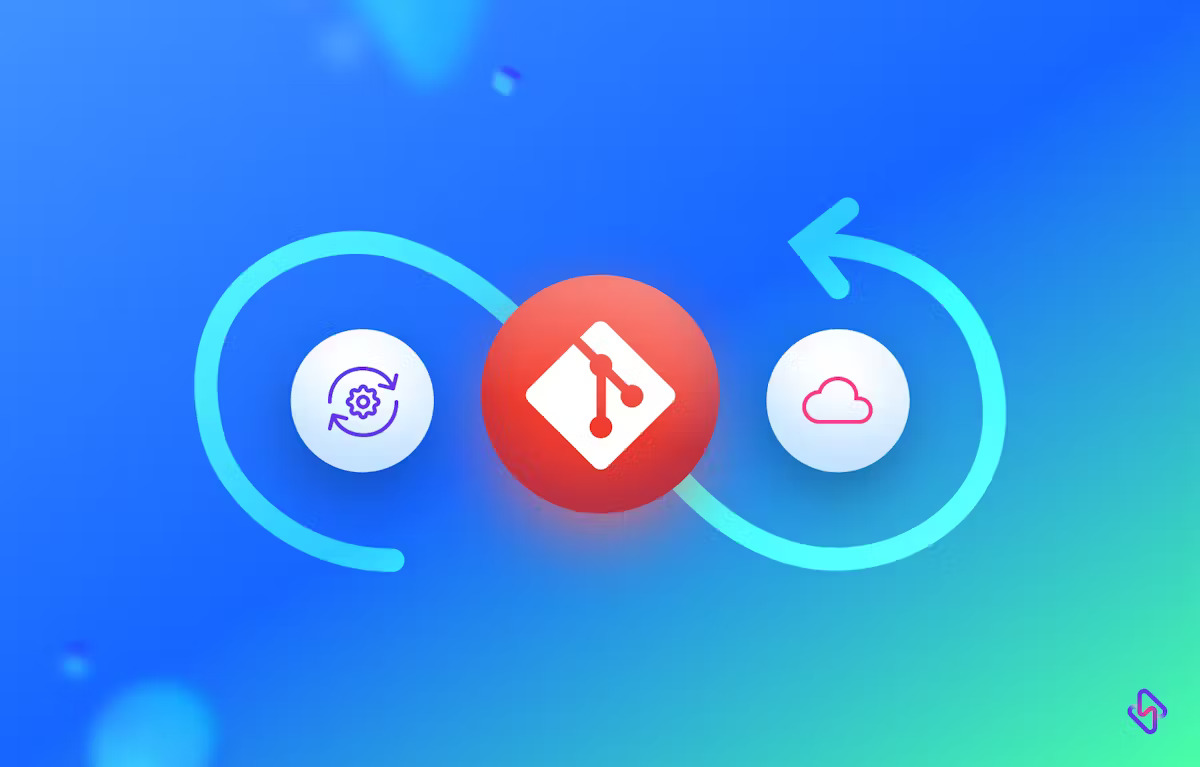Description
Our GitOps Workflow Implementation service enables engineering teams to manage infrastructure and application deployments through Git as the single source of truth. We architect workflows where changes to Kubernetes manifests, Helm charts, Terraform scripts, or app configs are automatically applied to dev/staging/production environments upon pull requests and merges. Using tools like ArgoCD, Flux, and Jenkins X, we integrate declarative configurations with CI/CD pipelines for real-time deployments triggered directly from Git repositories. Features include automatic rollback, RBAC-enforced pull requests, environment diff views, and policy-based validation (OPA, Kyverno). This setup drastically reduces human error, enhances auditability, and aligns development workflows with infrastructure operations. Whether you’re working with microservices, serverless, or containerized workloads, GitOps delivers continuous deployment in a traceable, secure, and scalable manner—boosting productivity while enforcing modern DevOps best practices.





Julianah –
The team was instrumental in helping us implement a GitOps workflow. Their expertise in automating our deployment pipelines with version-controlled infrastructure has significantly improved our transparency, consistency, and rollback capabilities across all environments. The entire process was smooth and efficient, leading to a more robust and reliable deployment process.
Oluwaseun –
The IT Services team revolutionized our deployment process with their GitOps workflow implementation. The automation they provided, coupled with the version-controlled infrastructure, has brought a new level of transparency and consistency to our environments. Rollbacks are now a breeze, giving us incredible confidence in our deployments. Their expertise and support were invaluable in guiding us through this transition and empowering our engineers.
Abiola –
The team’s expertise in GitOps transformed our deployment process. The automated pipelines they implemented using version-controlled infrastructure have significantly improved transparency and consistency across all our environments. Rollbacks are now seamless, and we have a much clearer understanding of our infrastructure state at any given point in time. This has streamlined our workflow and freed up valuable time for our engineers to focus on development.